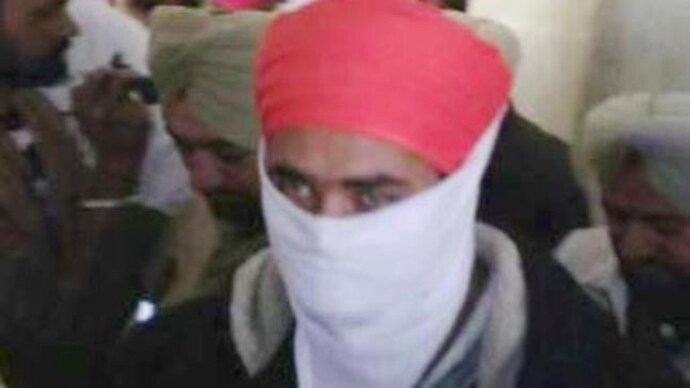ISI's new plan to revive terrorism in Punjab: Create a nexus of Khalistani militants, smugglers and Kashmiri-Jaish militants
In the last two years, Pakistan's security agency Inter-Services Intelligence has tried to fan separatism and terrorism by making major changes in its strategy.

In Short
- Punjab gangsters and drug smugglers can pose a big threat to nation's security.
- By targeting Hindu and RSS leaders, ISI wants to divide Sikhs and Hindus.
- Hardliner Sikhs and Khalistan terror groups running referendum 2020 campaign on social media to make Khalistan a reality by 2020.
Pakistan's security agency Inter-Services Intelligence (ISI ) is hell bent to revive terrorism in Punjab. In the last two years, the agency has tried to fan separatism and terrorism by making major changes in its strategy.
ISI had first tried to make holes in the communal harmony in 2016 by masterminding desecration of religious books and targetted Sikh and Hindu temples to radicalise the youth. ISI and Khalistani terror groups wanted to create a divide between the Hindus and Sikhs by targeting killings of Hindu and RSS leaders. Five such leaders have been killed so far.
On October 30, Hindu Sangharsh Sena leader Vipin Sharma was shot dead by two gangsters in Amritsar in a broad day light. He was the fifth Hindu leader killed during the past two years. On 17th October 2017, RSS leader Ravindra Gosai was killed by two motorcycle-borne gangsters in Ludhiana.
Earlier in January this year, Shri Hindu Takht District Ludhiana chief Amit Sharma was killed. On August 6, 2016, RSS leader Jagdish Gagneja was attacked with bullets in Jalandhar who died later. Durga Prasad, another Shiv Sena leader was also killed on April 23 2016 in Khanna town of Punjab.
Not only the Hindus, but the Khalistani terror groups have also killed two other religious leaders who belonged to Christian and Namdhari communities. While Pastor Sultan Masih was killed on July 15, 2017 in Ludhiana, Namdhari Sikh leader Mata Chand Kaur was killed under mysterious circumstances in April 2016.
CBI investigation has revealed that the modus operandi to kill the Hindu, RSS and Christian pastor Sultan Masih was similar. The assailants came on motorcycles, had covered their faces and had used similar type of weapons to kill the victims.
Though, ISI has been making concerted efforts to revive terrorism in Punjab since the last decade, but till 2014 it did not get any success. In July 2015 and January 2016 respectively it was successful in masterminding two major terror strikes in Dina Nagar and Pathankot. Though, these incidents were foiled, but had in fact left the Indian security agencies worried as Punjab shares 553-km international border with Pakistan.
The security was beefed up on the international border after the Dina Nagar and Pathankot attacks, but ISI found a different way to fan fanaticism, separatism and terrorism in Punjab by uniting Khalistani, Kashmiri and Jaish militants.
Sources say joint training camps were organised for Khalistani, Jaish and Kashmiri militants along the international border to fan terrorism in Punjab. And on the directions of the ISI, Khalistani terrorists established connections with Punjab gangsters and smugglers who know the state and its escape routes better than anybody.
Hundreds of Hindus were gunned down by Khalistani militants when terrorism was at its peak in Punjab during the 80s. The terror wounds are still open as displaced and affected families are still fighting for justice.
Khalistani terrorists and their financiers based in foreign countries including UK, Australia, Canada, America and Germany besides Pakistan are targeting Hindu and RSS leaders to pave the way for Khalistan for which a social media campaign, referendum 2020, has already been launched.
